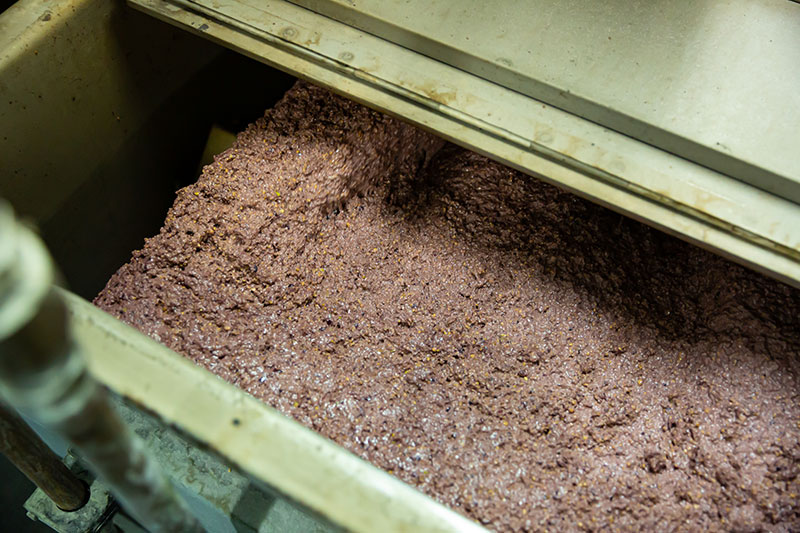The market for machinery for the extraction of extra virgin or EVO oil from olives requires innovations that make it possible to increase yields and, at the same time, preserve the quality of the oil.
The malaxing is the phase in which numerous transformations, of a mechanical, physical, chemical and biochemical nature, desired and unwanted, take place simultaneously and in a sufficiently long period of time so that the control conditions are scarcely reproducible, also due to the rhythms of work. convulsions linked to the brevity and intensity of the oil campaign.
But kneading is also the part of the process that modulates the quantity / quality of oil production: its correct regulation allows to obtain the best yield / quality ratio of the product.
The pressing determines the breaking of the drupe into coarse fragments containing hundreds of cells.
These must pass intact through the mechanical device. Cell rupture is not pushed to the extreme in consideration of two factors negatively linked to a possible surplus of mechanical energy. In this case, in fact, there would be an increase in the temperature of the paste which would compromise the quality of the oil with the consequent risk of emulsions that would damage the extraction yields.
In the traditional olive oil extraction process, to extract a surplus of oil it is necessary to extend the kneading times or, alternatively, to increase the process temperatures. However, this choice could compromise the quality of the product especially if oxygen is present in the head space of the malaxer; in this case oxidation processes can in fact be triggered by the unsaturated fatty acids with a consequent decrease in polyphenolic substances and consequent reduction of the organoleptic characteristics of the product.
The long kneading times, in addition to being a threat to the quality of the oil, make this phase of mixing and processing the oil paste at a controlled temperature the “bottleneck” of the continuous process.
In the mill, the limited working capacity of the malaxer penalizes the production efficiency of the decanter.
Currently, the main plant engineering solution adopted to manage this “inefficiency” consists in multiplying the number of kneaders, placing them in series or in parallel, ensuring continuity to the process but with a significant increase in the investments required in the mill. While, the improvements obtained by experimenting vertical malaxers, the use of atmospheres composed solely of nitrogen to lengthen the malaxing up to an hour and a half or the addition of natural micro talc or the addition of specific fluidifying enzymes even if they actually increase yields of up to 3% significantly increase energy and production costs as well as the need to install a large number of additional malaxers to avoid further bottlenecks.











